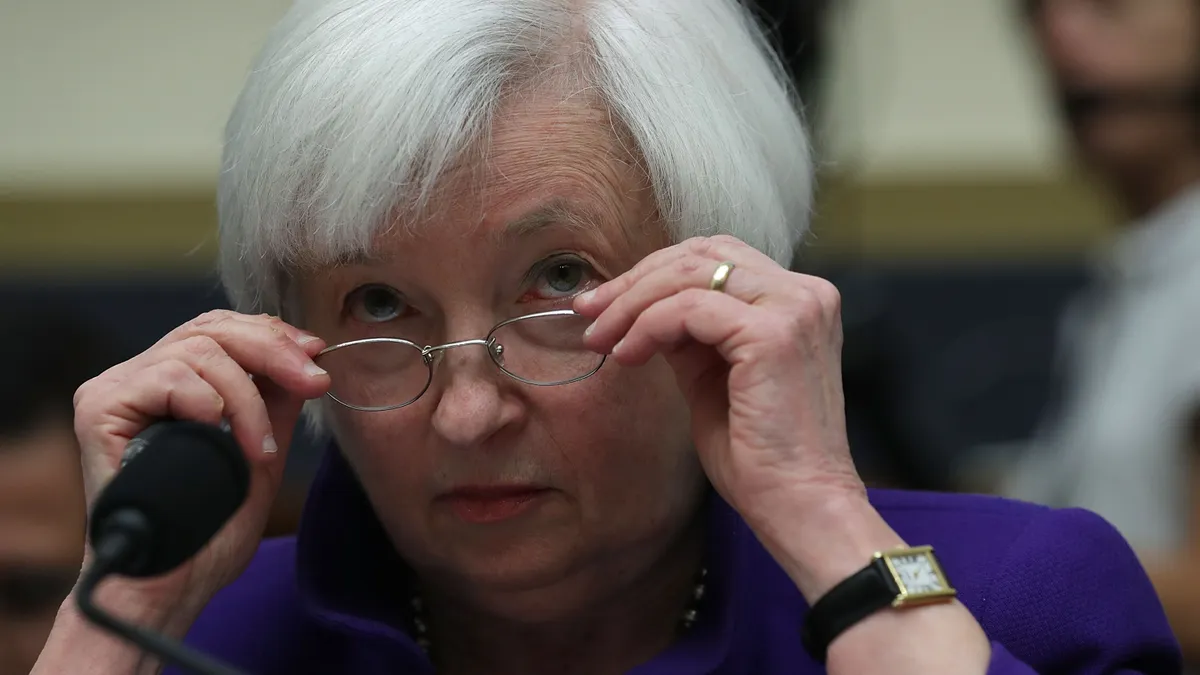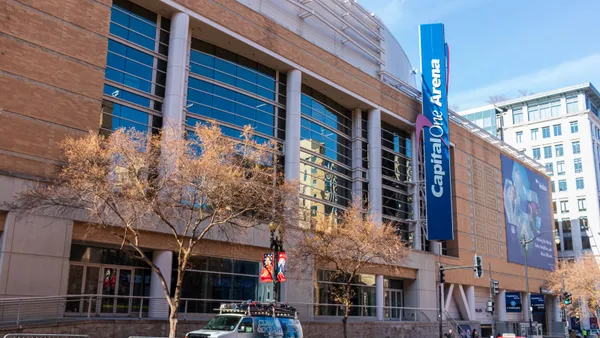Dive Brief:
-
For only the third time in a decade, the U.S. Federal Reserve raised its benchmark interest rate, in this case increasing it by 25 basis points to a range of 0.75% to 1% from a previous range of 0.50% to 0.75%.
-
The Fed last raised the rate in December and market participants expect two more increases this year. The Fed noted a robust labor market and moderate growth in economic activity, while the inflation rate now sits near the Fed’s 2% longer-term goal, according to CNBC.
- Housing experts say the effect of this rate hike on the mortgage market isn’t likely to hamper homebuying activity considerably, HousingWire reported.
Dive Insight:
The Fed’s decision to lift interest rates a quarter point is set to underpin higher mortgage rates, though market participants note that the latest rise may have already been factored in after the 30-year fixed mortgage rate hit a high for the year so far last week. It rose to 4.21% ahead of the Fed’s widely expected move.
Although interest rates are still hovering near historic lows, rate increases could dampen housing market activity this year and further widen the affordability gap, particularly at the lower-end of the market where potential buyers are more sensitive to price changes.
Concerns over the impact of higher mortgage rates on affordability were underlined in a recent Zillow survey that found a typical monthly mortgage payment required 15.8% of median household income in the fourth quarter compared to 14.7% a year earlier.
In response to higher prices and rising mortgage rates, a growing number of potential younger homebuyers are expected to consider Federal Housing Administration-backed mortgage loans.
Inventory shortages at the lower end of the market remain a hurdle for this group. With home prices elevated in many areas of the country amid supply shortages, home-listing website Trulia recently noted a disparity in the number of searches for entry-level homes compared to the number of homes it had listed in that category.














